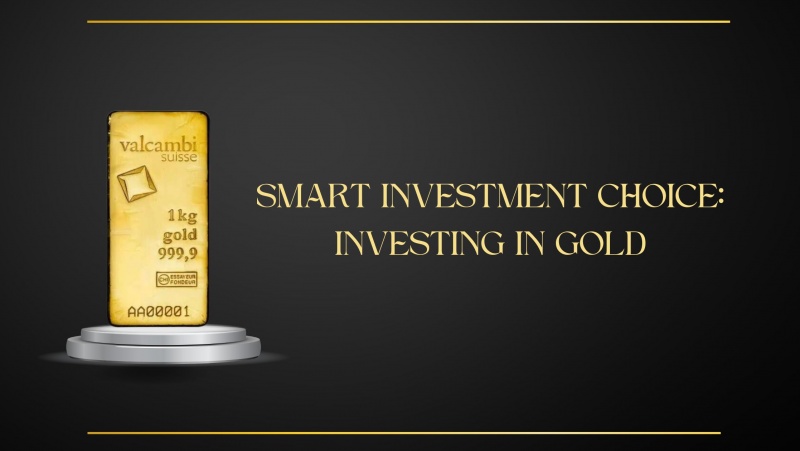Investing in gold is the smartest decision you can make for many reasons. It holds its value, and historically, that value has always increased over time. This makes gold a safe haven for investors and a great way to protect your wealth against inflation and unstable financial times.
Nevertheless, it is not that easy to buy and sell gold in a smart way, mostly when you are unfamiliar with the gold market environment. This is a practical guide for beginners on how to invest in gold and get into the market the smart way!
There are two main ways to invest in gold: directly and indirectly: Direct investments involve buying and storing physical gold, such as bullion or coins. Indirect investments generally involve buying gold-related securities or funds that buy gold for you.
When it comes to buying or selling physical gold (direct investment), the most important thing to do when you are planning to start investing in gold or precious metals, or even if you are already an investor, is to find a reputable gold dealer. A reputable gold dealer is your best bet to succeed at buying and selling gold and making a profit out of your investment. At Instant Gold Refining, we are proud to be authorized DNA dealers by the Royal Canadian Mint, and our main focus is helping our customers achieve their investment goals. If this is your preferred option, you will also need to think about how to store your gold.
If you invest in physical gold, you’ll first need to find a reputable seller and determine your karat preferences. Karats measure the proportion of gold to other metals in physical items on a scale of 0 to 24. The higher the karat, the purer the gold.)
Other indirect ways of investing in gold are through ETFs and mutual funds. These are accounts that buy gold on investors’ behalf and trade like stocks. Gold-based funds make investing in gold easy, as you can benefit from gold price fluctuations without worrying about the costs of physical ownership. That said, you’ll still pay some trading fees. And many gold-based funds trade in other commodities, too. While this provides automatic diversification, it may remove your ability to invest purely in gold assets.
Investors are often drawn to gold for its diversification and hedging potential. And though it’s a physical asset, it’s generally easy to convert to cash, making it more tangible than some other physical investments like real estate. Additionally, while gold doesn’t always outperform other assets, it’s proven to have high long-term returns.
Gold mining investments are another option that can mitigate some of the risks of buying gold, such as the possibility of flat prices. They may also pay high dividends to boost your long-term returns. On the other hand, investing in mining companies requires doing due diligence to ensure you’re making a wise choice. And the mining industry comes with unique risks that may interfere with gold production, profits, or human and environmental rights.






